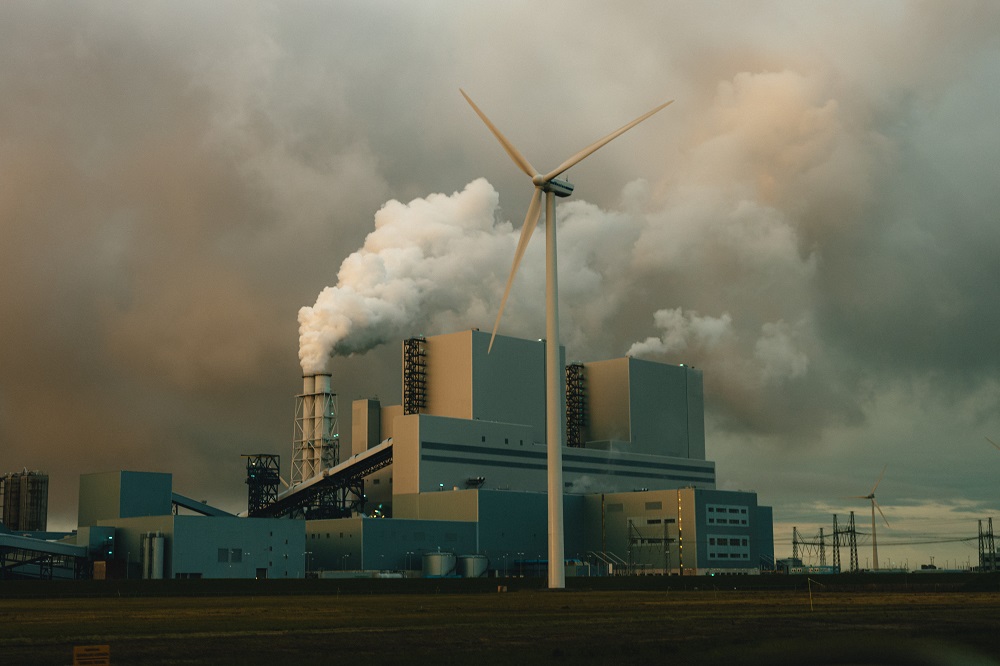This time last year, nobody could have expected what 2020 had in store.. Fortunately, with the arrival of the Pfizer/BioNTech COVID-19 vaccine, the year is coming to an end on a hopeful note. While we can agree that we all hope to return to something close to ‘normalcy’ in 2021, we must note that there were areas of ‘normality’ that were harmful to both our personal welfare and the wellbeing and stability of our world.
As we re-launch our culture and economies, we have been revisited by the vast potential there is to create a planet that is happier, cleaner, more humane and more equitable. However, bold strokes, teamwork, and strong, realistic goals would be required to accomplish this, wherein companies can make use of ESG consulting services to improve their performance and make good of their commitment to eco-consciousness
We are entering 2021 with a global pandemic in progress which is showing no signs of stopping, along with the growth of the climate crisis and the investment sector undergoing an accelerating regulatory criteria. With all of this in mind, we have covered the top ESG developments that can provide new opportunities for investors and companies in 2021.
Biodiversity Crisis
Emboldened animals roamed suburban streets during the deadliest days of the pandemic. The virus reminded us of what we unintentionally lost: nature, which is vital not just for personal pleasure, but also for the global economy . Policymakers and investors will listen to the biodiversity depletion warning in 2021 and adopt a playbook they have created to quantify and mitigate climate risk. In Kunming, China, a big UN conference on biodiversity could become a turning point.
For example, over 70% of soy production goes into animal feed and the rest is divided between other forms of food and biofuel production. Hence, extra emphasis needs to be put on the food products industry as unsustainably harvested soy is a leading reason for habitat destruction and deforestation.
The Unprecedented Boom Of ESG
The question most commonly posed by investors in the early stage of the growth of ESG investing is ‘Is ESG worth the effort?’. Indeed, the overarching force behind investing is to maximise returns, and ESG-focused financial instruments have shown themselves to be capable of fulfilling the aspirations of investors in recent years. For example, firms with strong ESG rankings in the S&P 500 index have outperformed their peers with lower ESG rankings by at least 3 points last year over the last 5 years, according to MSCI ESG Research. Outperformance quality has led more customers to be able to consider adding ESG investment products to their portfolio. Hence, there’s no doubt that the demand for ESG is rising significantly.
With rising demand, investors have been increasingly forced to encourage their fund managers, while developing portfolios, to follow ESG investing elements. According to the sixth annual ESG Manager Survey by Russell Investments, 78 percent of 400 fund managers spanning a number of asset groups and regional areas are now specifically integrating qualitative and quantitative ESG factor analyses into the investing process. Regulatory bodies are now making an attempt to advocate for meaningful reforms. In March 2021, the EU Sustainable Finance Transparency Law will force fund managers to report on their investments’ sustainability characteristics. This will be a driving force for extending and widening the reach of investments in ESGs, and the development of investments in ESGs in 2021 is undoubtedly quite positive.
Social Inequalities

COVID-19 has put its thumb on the upper 1% of the income scale, undoing decades of progression made towards greater equality. It might not be enough to engage with individual firms to fix the harm that’s been done.
We see investors take measures towards more innovative structural approaches to addressing inequality in 2021, with some at the top ready to sacrifice a few shortcomings in pursuing alternatives.
One potential solution is social bonds, where the proceeds from bonds are used to support programmes with positive social impact. In 2020, the problem soared, with those working on mitigating the detrimental consequences of the pandemic. The social bond concepts and appraisal criteria are not as well defined as they are for green bonds, leaving some investors nervous about the risk of “social washing.” But in this age of increasing inequalities and a global health crisis, there is an urgent need for scalable alternatives.
A United Effort for ESG
Organizations are often likely to boast of the ESG targets they are pursuing. Around the same time, though, there will still be certain ESG goals for which they are struggling as some organisations are only best placed to attain certain goals, and no organisation should be expected to fulfil every goal .
Companies working together to achieve their environmental priorities is one thing, but companies will have to come together and work as a single front to achieve global targets, such as minimising the increase of temperature levels to a limit of 1.5 percent.
The UK, for instance, has committed to powering all homes with wind power by 2030. To do this it would be important to create a huge infrastructure which cannot be achieved by the government or one organisation alone. The same challenge is posed by the rollout of hybrid vehicles. Demand for infrastructure products and facilities will rise rapidly as 2030 gets closer and closer. This includes charging points, roads and wind turbines, for example.
Companies must get support and collaborate together to accomplish their ESG targets in order to move forward. Pharmaceutical businesses are a good example. Most of the medicines they manufacture depend on water that is clean. Instead of draining dwindling water supplies, pharmaceutical organisations should partner with companies that are focused on generating affordable drinking water from the sea using solar energy.
New Sectors Move To The Forefront of ESG
The “E” appears to take centre stage when it comes to ESG, with environment at the top of multiple agendas. This has resulted in some sectors being able to take advantage of investor demand for ESG-aligned investments especially those closely associated with environmental sustainability. Power generation is a clear example, as investment in renewable energy has an important meaningful effect on lowering carbon emissions and is neatly consistent with ICMA’s green-label issuance guidelines.

Recently, however, we have seen an acceleration of the participation of investors in ESG, with increased focus on the social benefits offered by corporations. This has helped more sectors to tap into ESG funding and highlight their credentials in terms of sustainability. Burberry, for instance, became the first luxury fashion company to launch a sustainability bond in August. Part of the use of the income would be to ensure that cotton is procured more sustainably.
Hence, as a result of the growing discourse on a “green” recovery from the Coronavirus pandemic, we plan to concentrate gradually on the larger environmental and social challenges and opportunities faced by enterprises, encouraging new industries to shift to the forefront of ESG.
Company-Level Data Availability
It’s clear that corporations are stepping up their game when it comes to ESG reporting and sustainability policy, and just in time, as there is an explosion of compliance standards going their way. It also comes with investors, who may notice that an enthusiastic issuer base knows a thing or two about reporting of ESG results.
If the Sustainable Finance Transparency Regulation (SFDR) of the European Union is finalised in its current form, institutional investors will need to carry out sustainability reporting on an array of new ESG metrics for their businesses. While the rules can be approved as soon as March 2021, this prospect is under-prepared for most enterprises, and they need to start upping their game soon.
Conclusion
With growing concerns, there’s no doubt that problems that are specific to ESG are going to be included in almost every European sub-investment grade transaction by the end of 2020. Moreover, high-yield markets will continue to grow in popularity; these include, debt repurchasers, telecoms, oil and debt models. In conclusion, with investors becoming more aware of the impact that companies have on the planet, ESG will show no signs of stopping and will only become bigger in 2021, and might even become the solution to some of the underlying problems of our planet.









